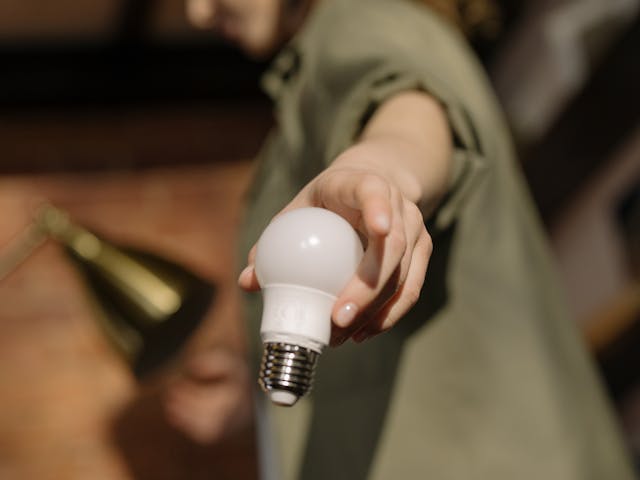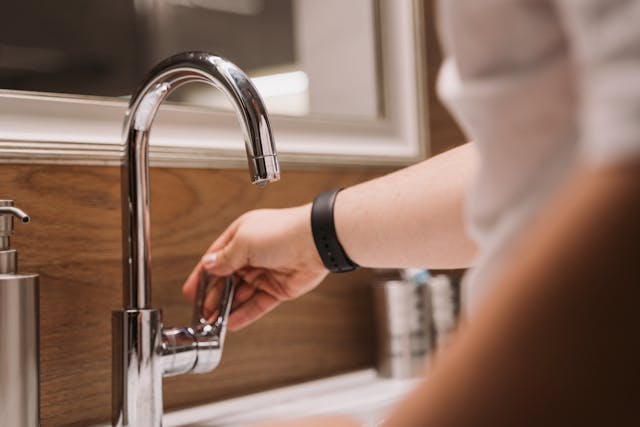- You should invest in energy-efficient appliances to lower electricity bills and improve home comfort.
- Seal drafts and insulate your home to reduce energy consumption and maintain a comfortable temperature.
- You should use programmable thermostats to optimize heating and cooling, saving on energy costs.
- You should switch to LED lighting for reduced electricity usage and longer-lasting bulbs.
- Adopt green practices like turning off lights, conserving water, and recycling to save costs and support the environment.
As a homeowner, creating a comfortable living space while also saving on costs is always a top priority. Luckily, there are several tips and tricks that can help you achieve both goals simultaneously. From energy-efficient upgrades to simple lifestyle changes, there are plenty of ways to make your home more comfortable and cost-effective. This blog will discuss essential tips that can help you achieve the perfect balance between comfort and savings in your home.
Invest in Energy-Efficient Appliances
One of the most effective ways to save on costs while increasing comfort in your home is by investing in energy-efficient appliances. Appliances such as refrigerators, washing machines, and air conditioners with high energy efficiency ratings can help lower your electricity bills while also providing better performance. Look for appliances with the Energy Star label to ensure that you are getting the most efficient options available.
Seal Drafts and Insulate Your Home
Another critical step in creating a comfortable and cost-effective home is to seal drafts and adequately insulate your living spaces. Leaks around windows, doors, and vents can let cold air in during the winter and hot air in during the summer, leading to higher energy bills as your HVAC system works harder to maintain a comfortable temperature.
By sealing these drafts and adding insulation where needed, you can improve comfort levels while reducing energy consumption. A proper home insulation inspection can also help identify areas that need attention and ensure that your home is adequately insulated. Make sure you hire professionals for the inspection and insulation installation to get the best results. They can also help you choose the right type and amount of insulation for your home.
Use Programmable Thermostats
Setting up programmable thermostats in your home is an effective way to save on heating and cooling costs while ensuring maximum comfort. These devices allow you to set specific temperatures for different times of day, so you can adjust the temperature based on when you are home or away. By using programmable thermostats wisely, you can avoid unnecessary energy usage when no one is at home while still maintaining a comfortable environment when needed.
Opt for LED Lighting
Lighting accounts for a significant portion of household electricity usage, so switching to energy-efficient LED bulbs can lead to substantial cost savings over time. LED bulbs consume less energy than traditional incandescent bulbs and have a longer lifespan, making them a smart choice for homeowners looking to reduce their electricity bills while maintaining optimal lighting levels throughout their homes.

Embrace Green Practices
In addition to making specific upgrades and changes within your home, adopting green practices in your daily life can also contribute to both comfort and cost savings. Simple habits such as the following can significantly impact your energy usage and expenses:
Turning Off Lights and Electronics When Not in Use
Turning off lights and electronics when not in use is a simple yet effective way to save on energy costs. Encourage everyone in your household to turn off lights and unplug electronics such as phone chargers, laptops, and TVs when they are not being used.
Using Natural Light
Whenever possible, take advantage of natural light instead of relying on artificial lighting. Not only does this reduce energy consumption, but studies have also shown that exposure to natural light can positively impact mood and productivity levels.
Conserving Water
Reducing water usage not only helps the environment but also lowers water bills. Simple actions like fixing leaks, taking shorter showers, and using a dishwasher instead of hand-washing dishes can all contribute to conserving water.
Recycling and Proper Waste Disposal
Recycling and proper waste disposal are essential for the environment, but they can also indirectly impact your energy usage. For example, manufacturing new products from recycled materials requires less energy than creating them from raw materials.

By embracing these green practices in addition to making specific upgrades within your home, you can significantly reduce your household’s energy consumption and expenses while also contributing to a healthier planet.
By implementing these tips and strategies, you can create a more comfortable living space while cutting costs. From upgrading to energy-efficient appliances to adopting green practices, each step you take enhances your home’s comfort and contributes to significant savings. Embrace these changes and enjoy the benefits of a more cost-effective and environmentally friendly home.



